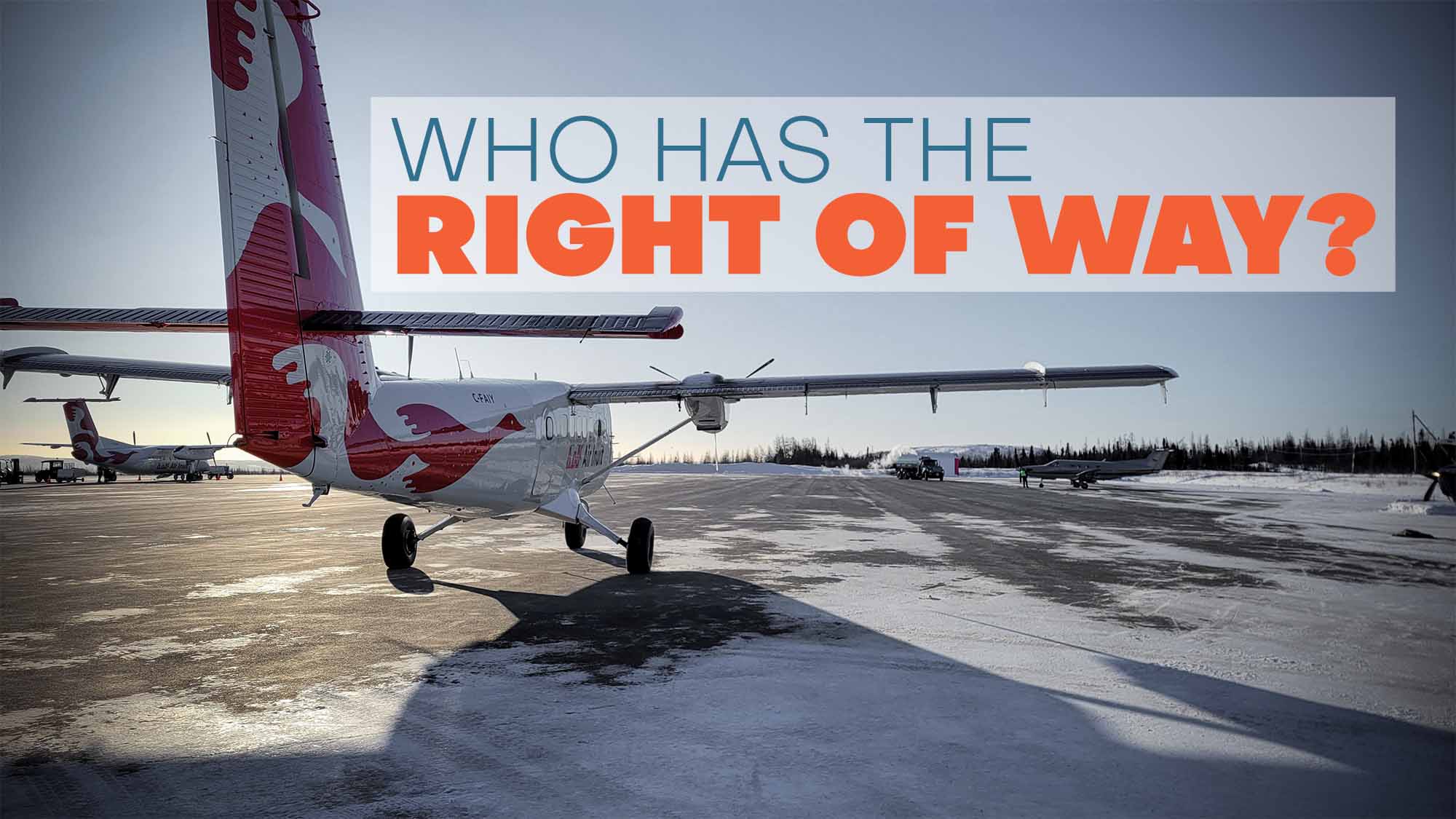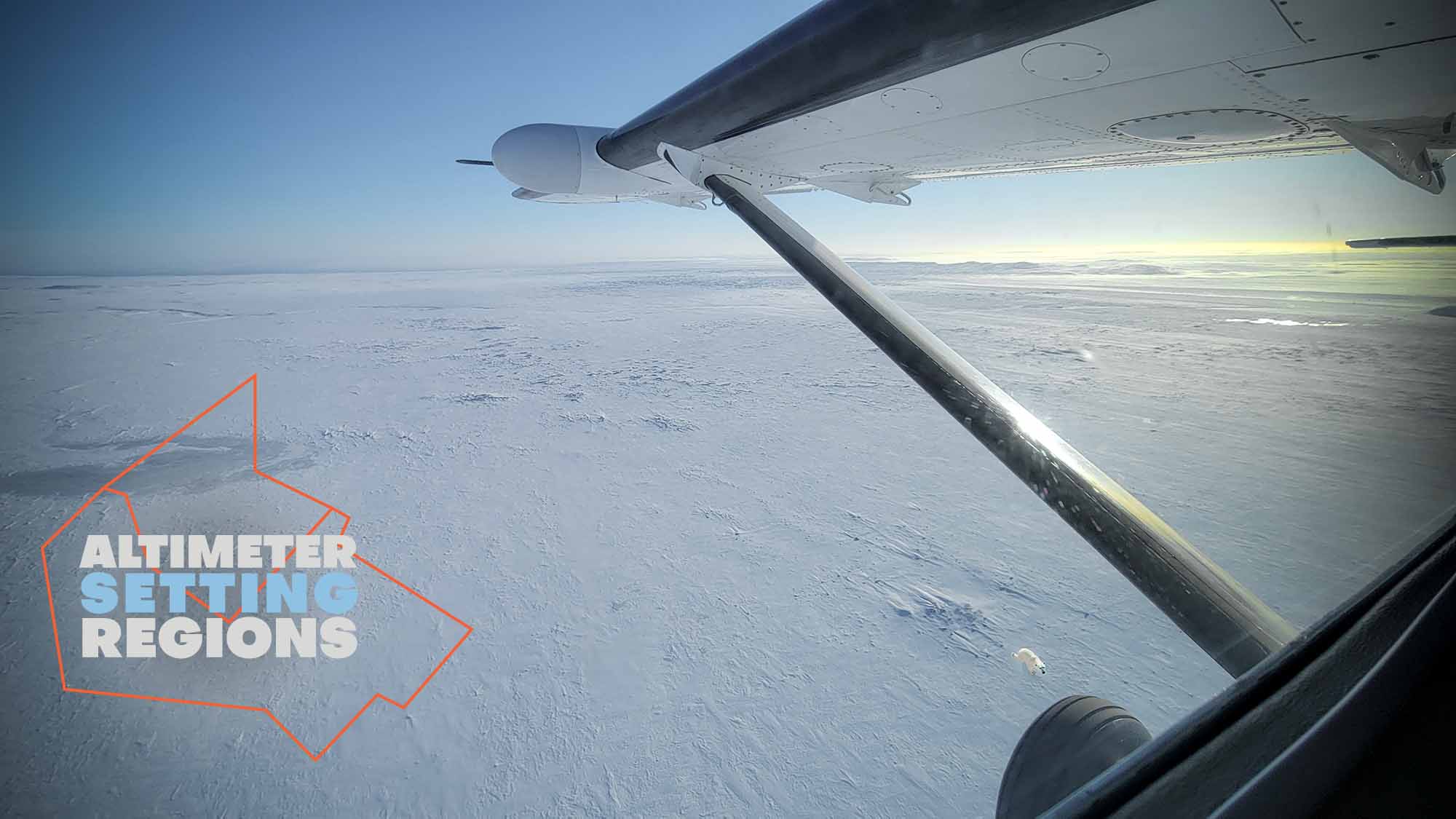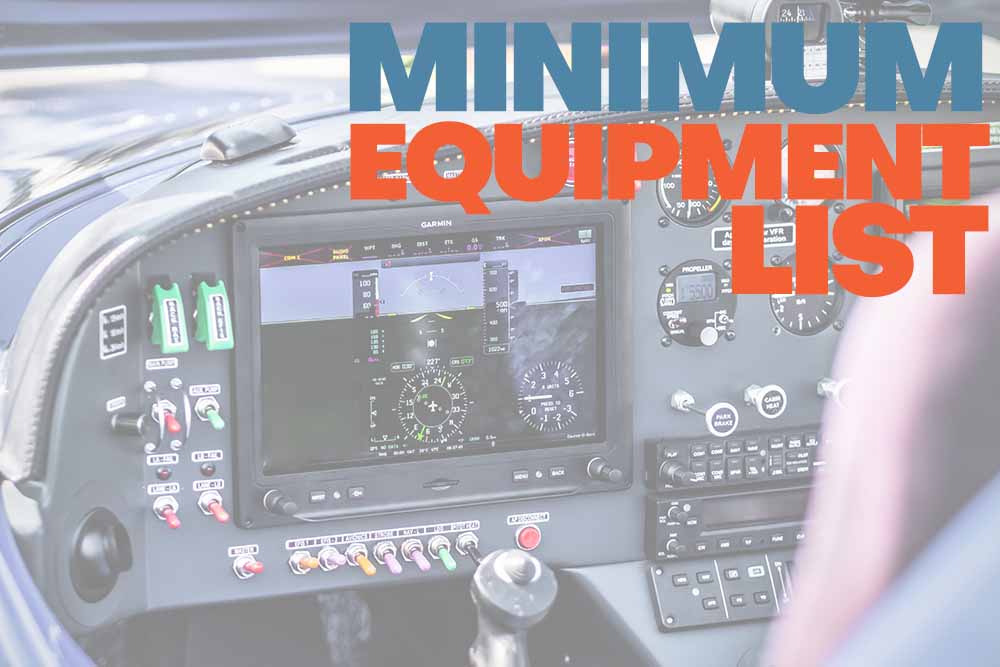
Right of Way Regulations for Aircraft
General Overview
In aviation, right of way regulations are crucial for maintaining safety and avoiding collisions between aircraft. The following guidelines outline the responsibilities of pilots in various situations to ensure safe navigation in the airspace.
Key Regulations:
Risk of Collision Avoidance:
- The pilot-in-command of an aircraft with the right of way must take necessary action to avoid collision if there is any risk.
- When aware of an emergency situation involving another aircraft, the pilot-in-command must give way to that aircraft.
Converging Aircraft:
- When two aircraft are converging at approximately the same altitude, the pilot-in-command of the aircraft having the other on its right must give way.
- Exceptions apply for different types of aircraft:
- Power-driven aircraft yield to airships, gliders, and balloons.
- Airships yield to gliders and balloons.
- Gliders yield to balloons.
- Power-driven aircraft yield to aircraft towing gliders or other objects.
Balloons at Different Altitudes:
- When two balloons at different altitudes are converging, the higher-altitude balloon must give way to the lower-altitude balloon.
Overtaking Aircraft:
- An overtaken aircraft has the right of way.
- The pilot-in-command of the overtaking aircraft must give way by altering the heading to the right until the overtaken aircraft is entirely passed and clear.
Head-On Approaching Aircraft:
- When two aircraft are approaching head-on or approximately so, both pilots must alter their heading to the right to avoid collision.
Landing Priority:
- Aircraft in flight or maneuvering must give way to aircraft landing or about to land.
- Aircraft approaching an aerodrome for landing must give way to any aircraft at a lower altitude also approaching for landing.
Final Approach Priority:
- Aircraft at a lower altitude approaching an aerodrome must not overtake or cut in front of an aircraft at a higher altitude in the final stages of landing approach.
Take-off and Landing Safety:
- No take-off or landing should be attempted until there is no apparent risk of collision with any aircraft, person, vessel, vehicle, or structure in the take-off or landing path.
These regulations are essential for maintaining safety and order in the airspace, ensuring smooth operations for all aircraft. Pilots must adhere to these rules to prevent accidents and ensure efficient air travel.
More Info On Right of Way
Look to the Canadian Aviation Regulations (CARs) 602.19 for more comprehensive information.
Courses
Getting your PPL/CPL? Checkout our FREE courses.

